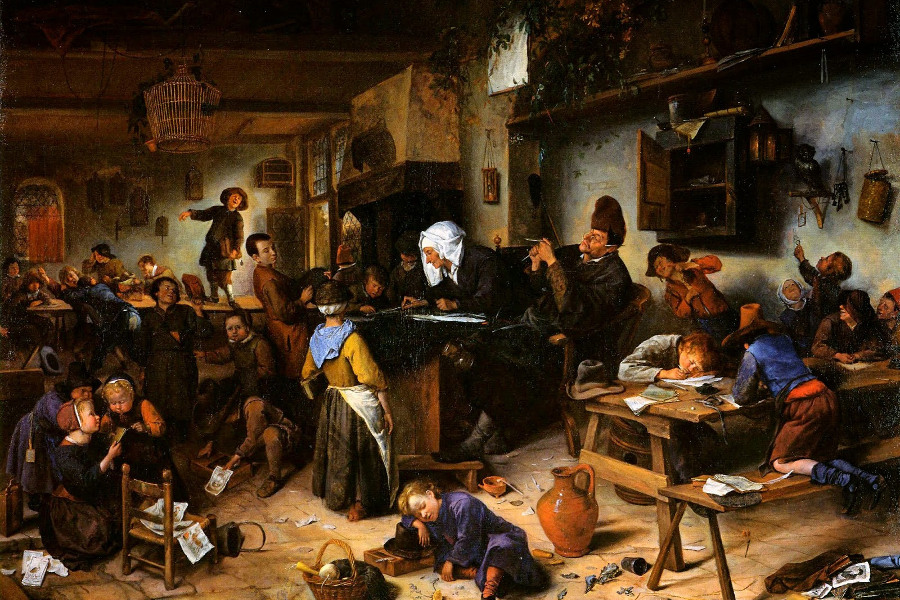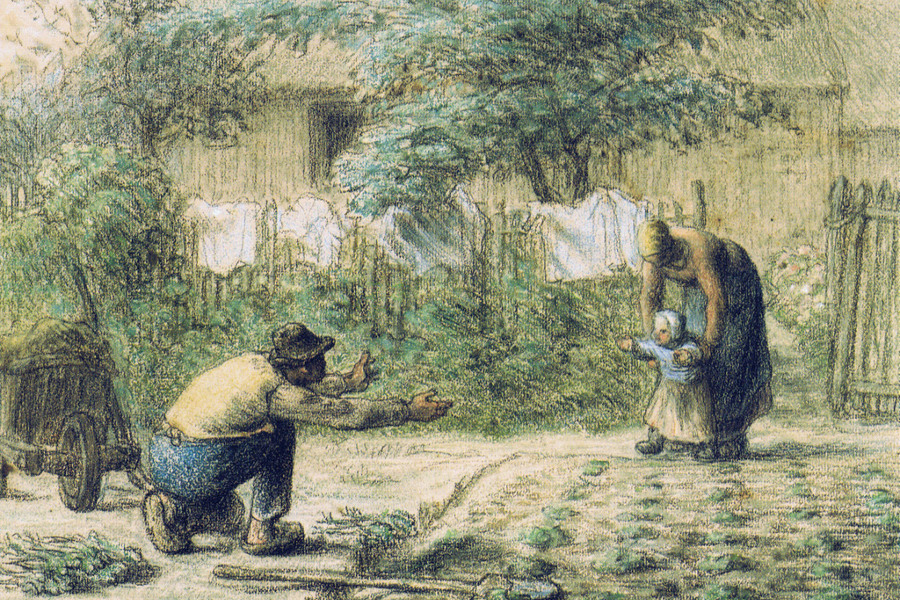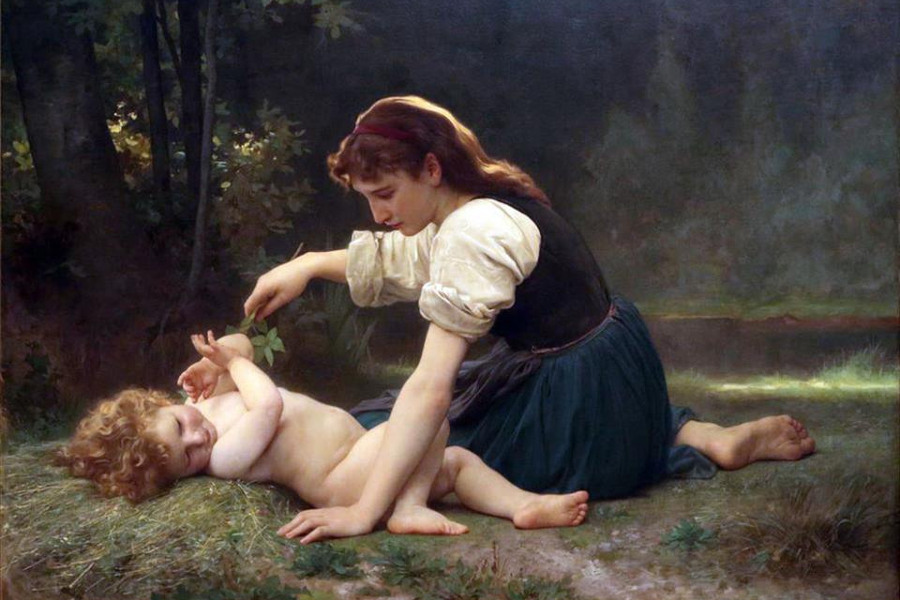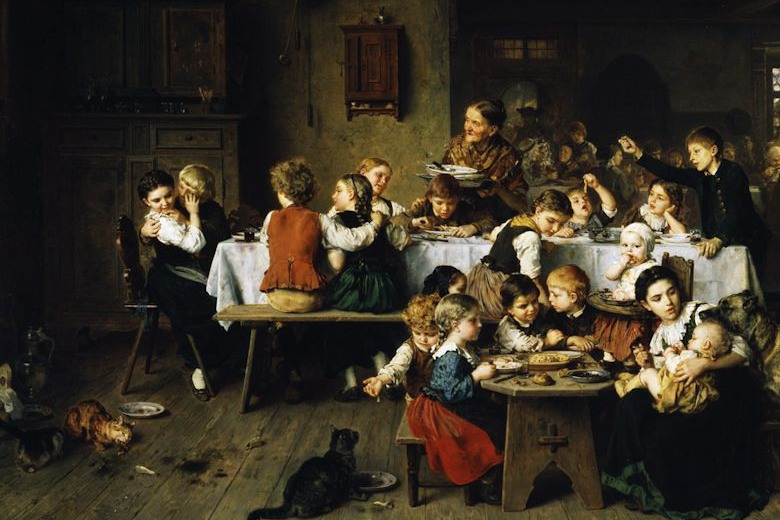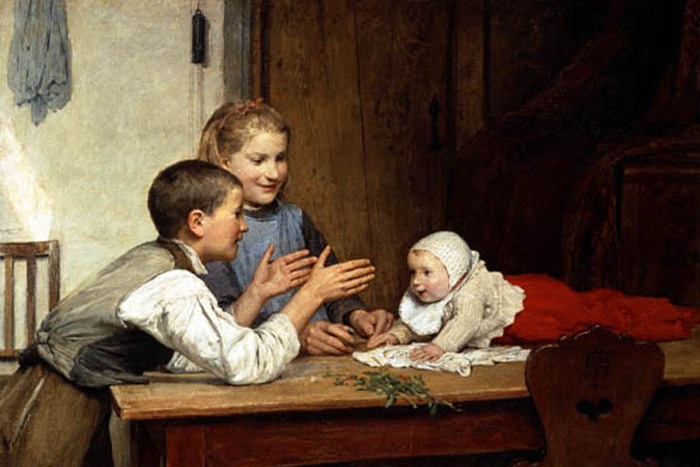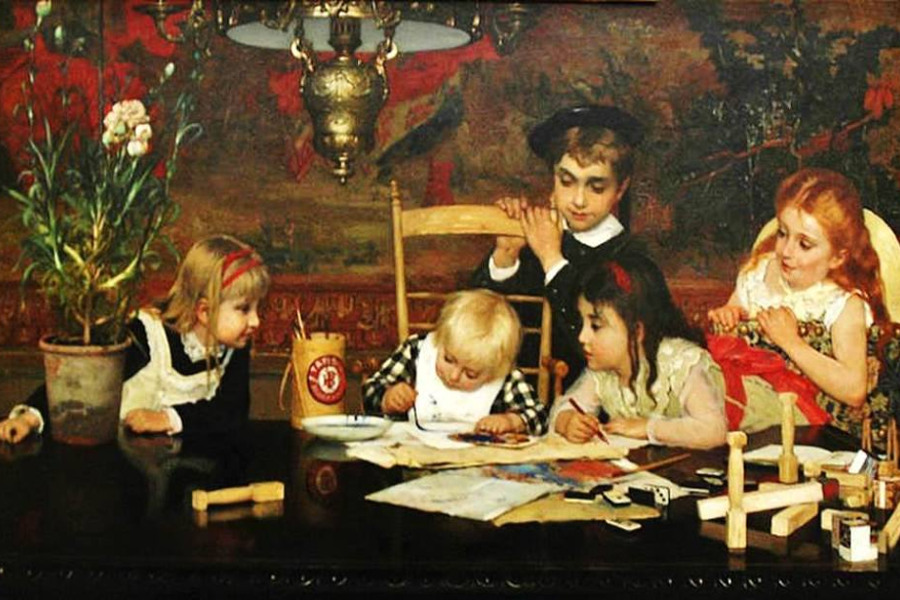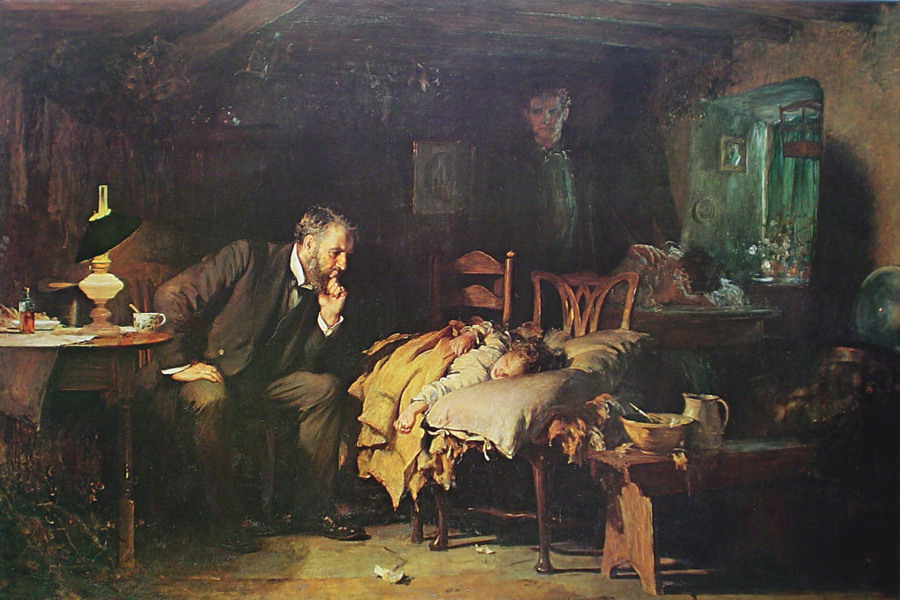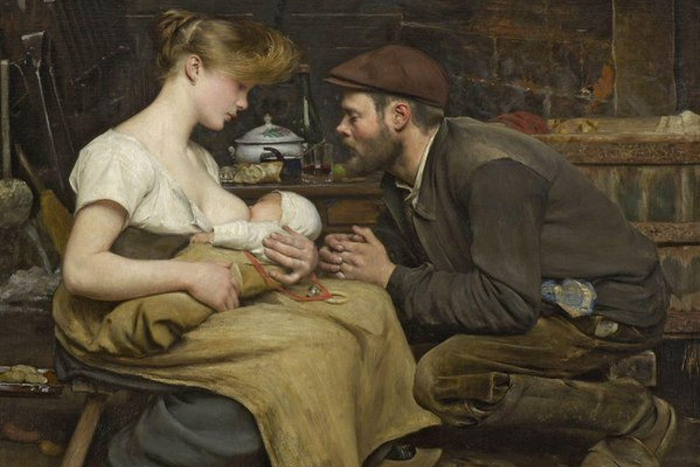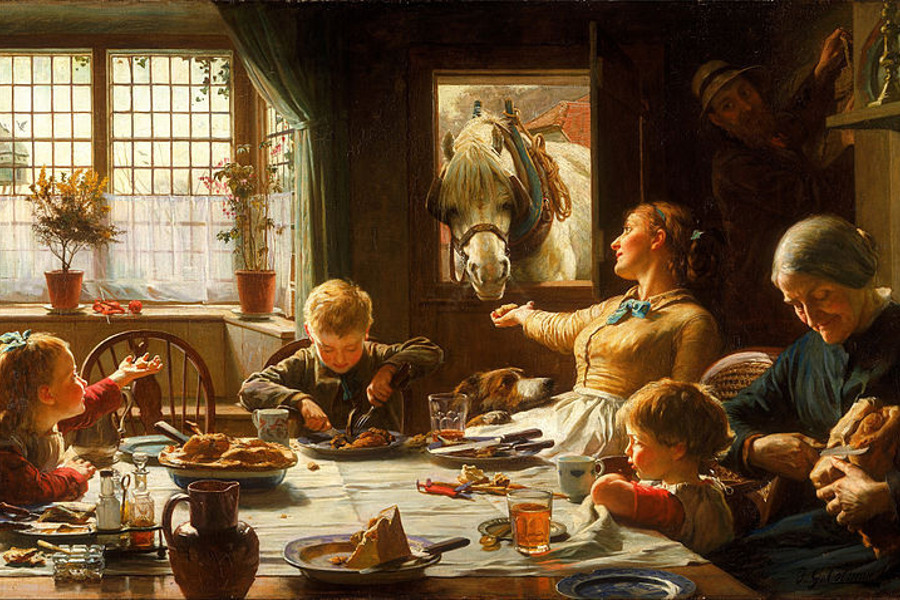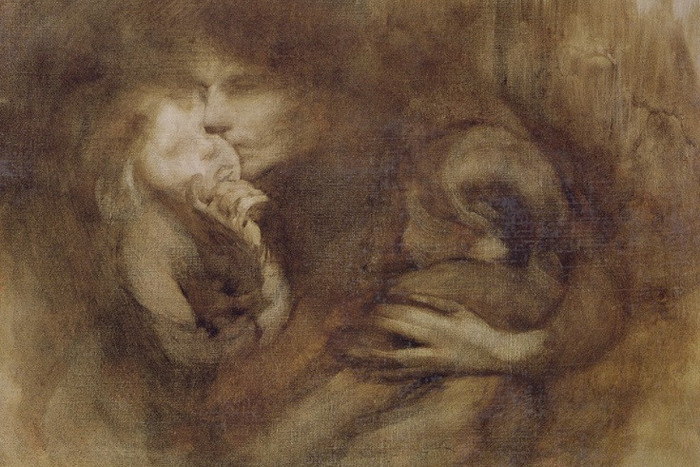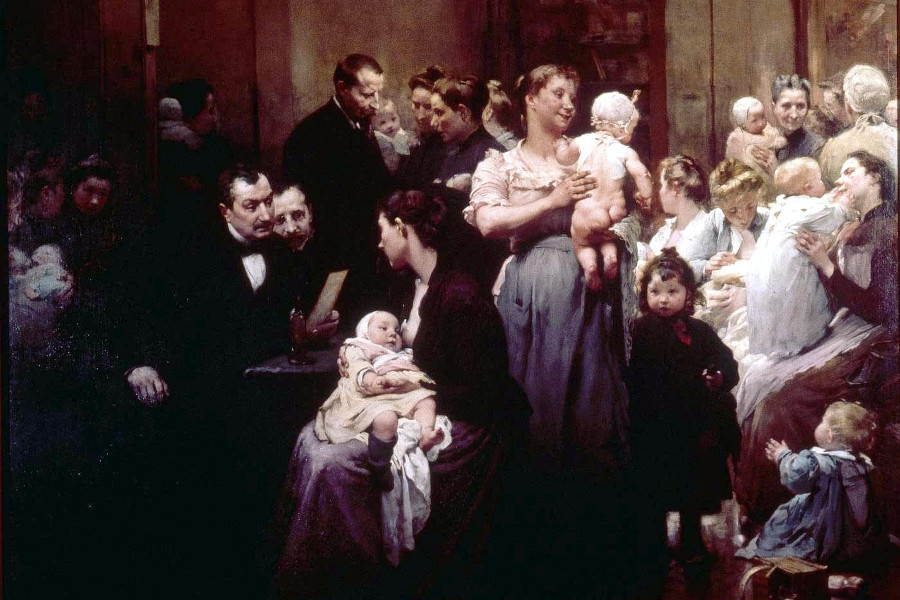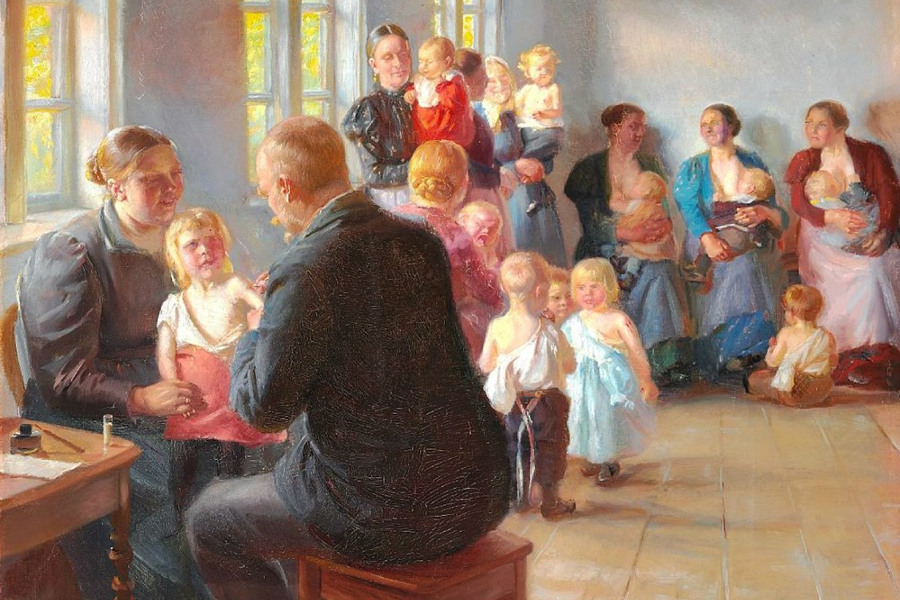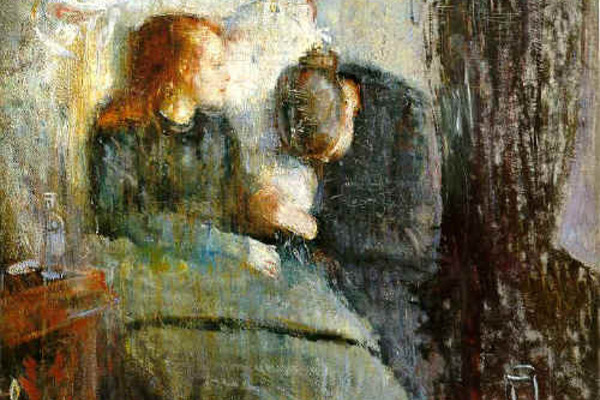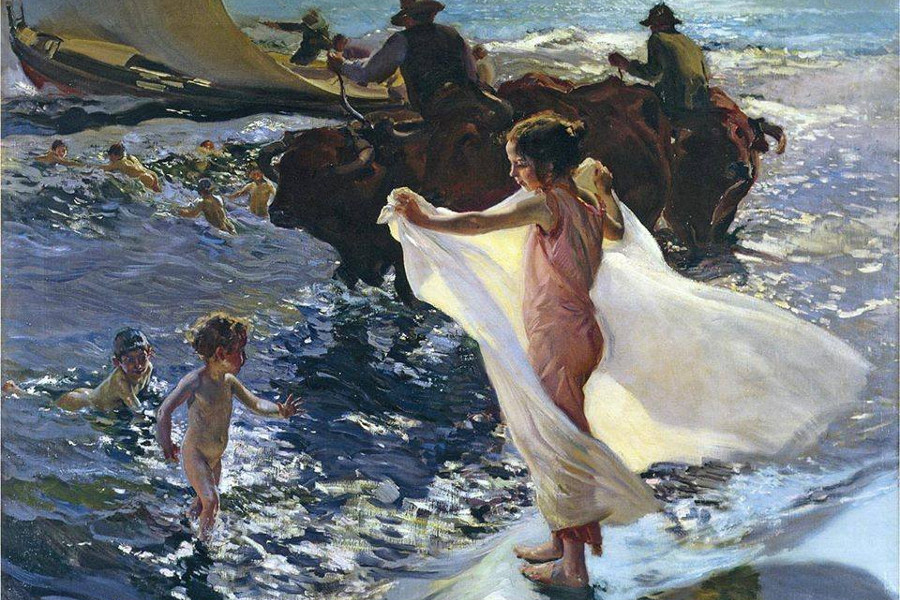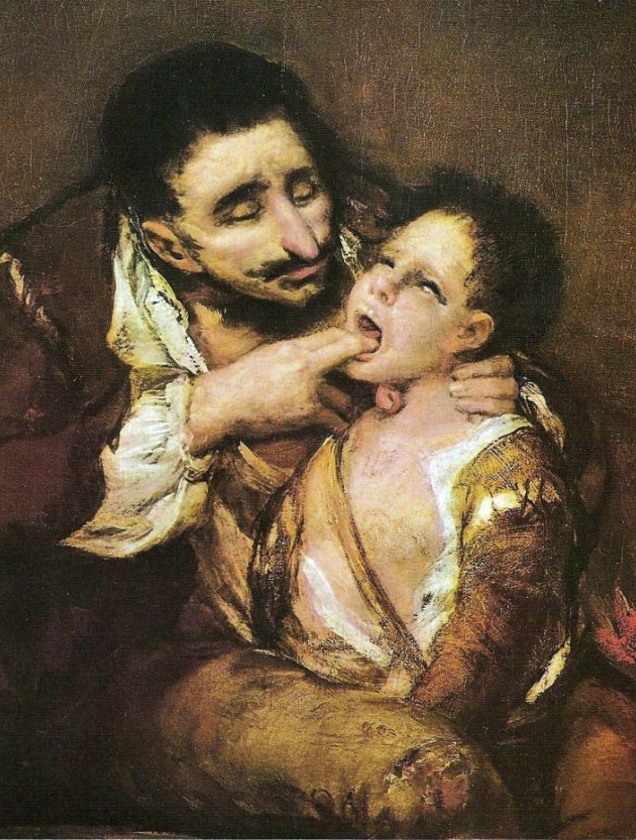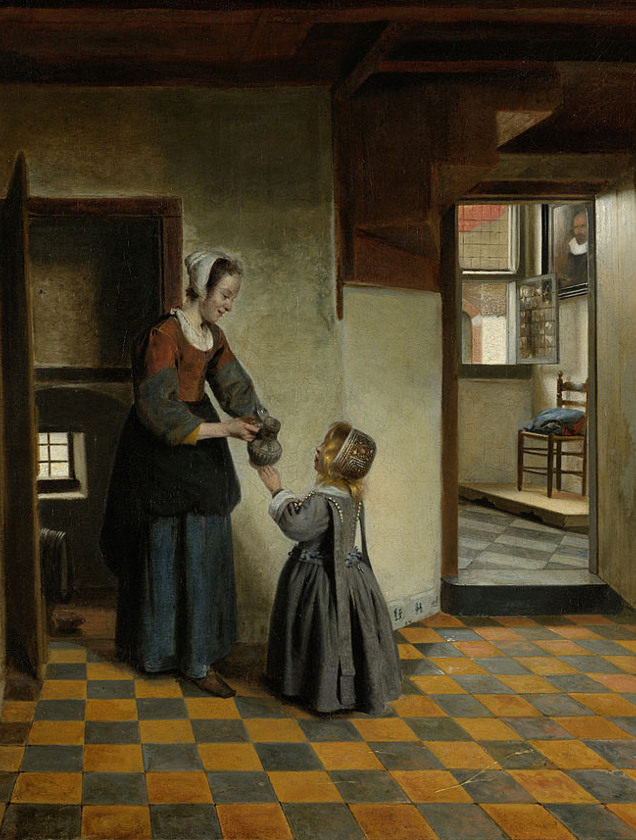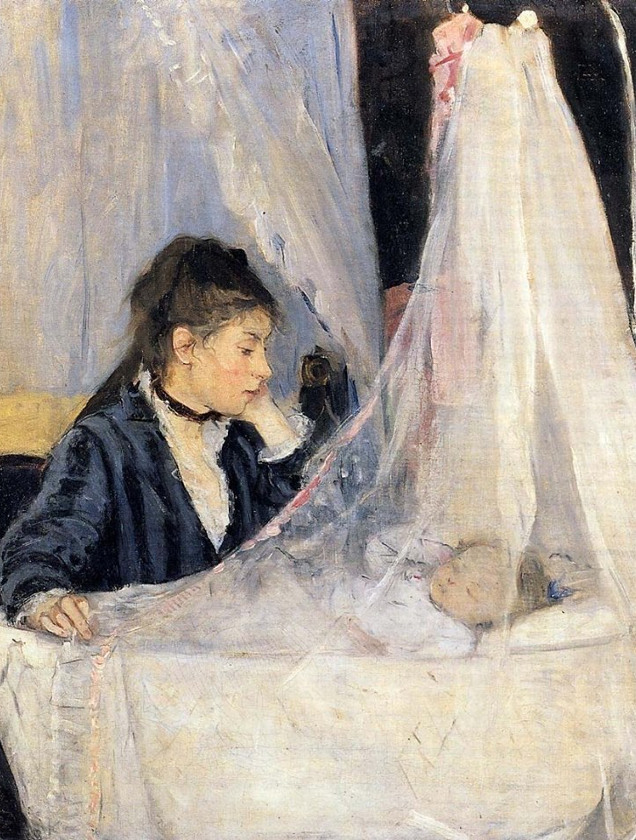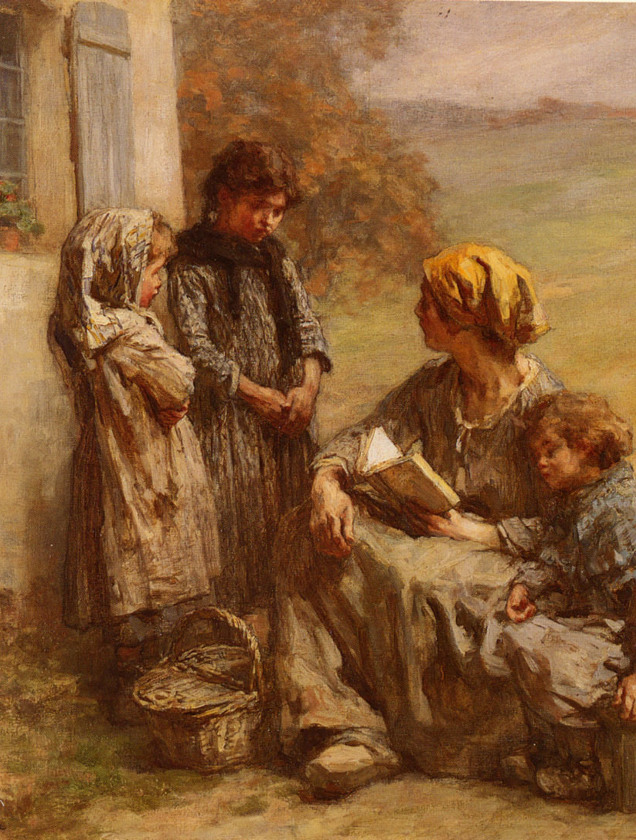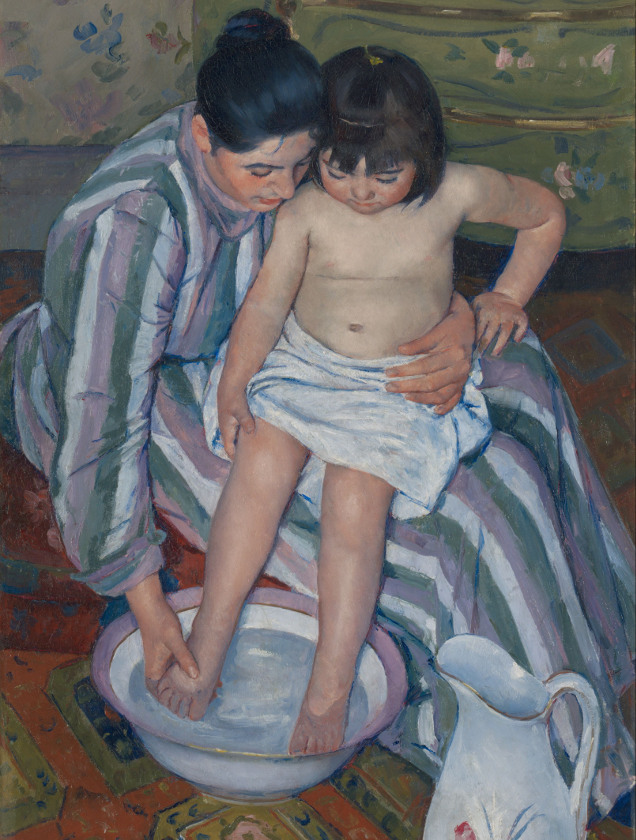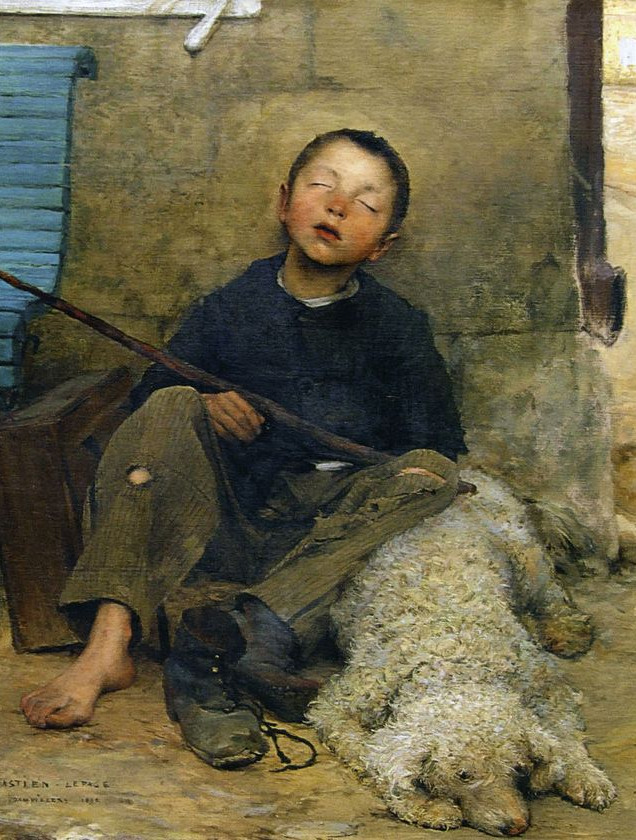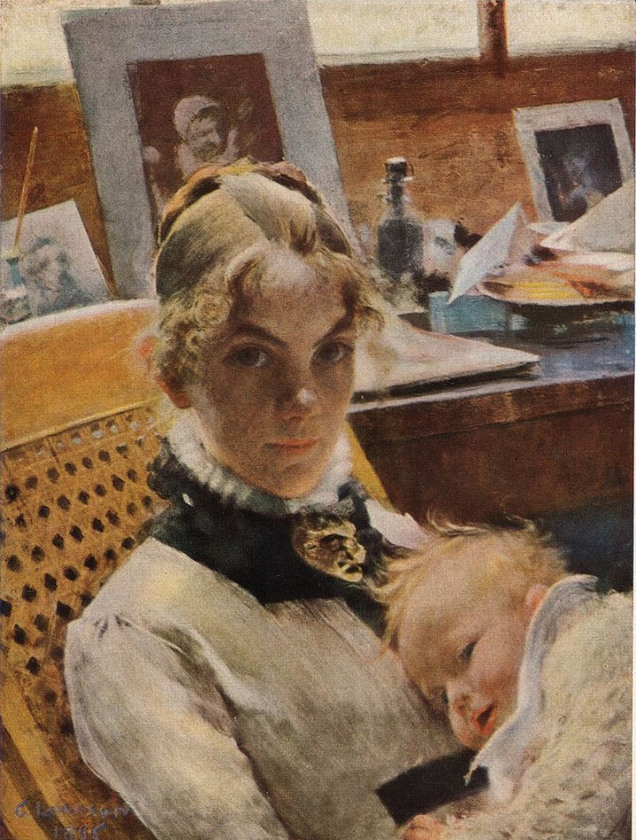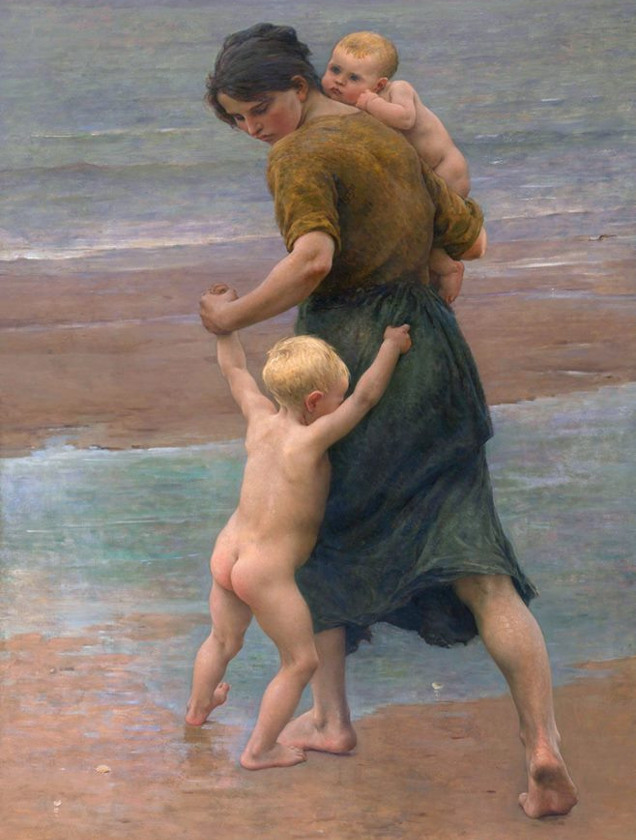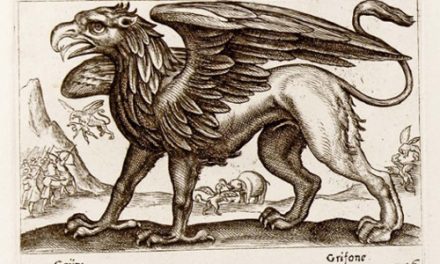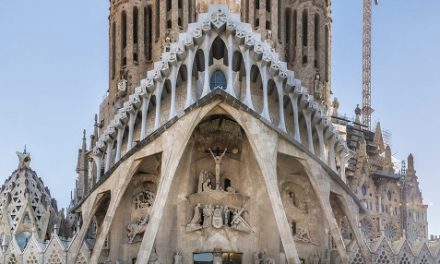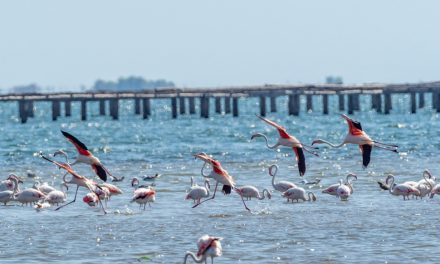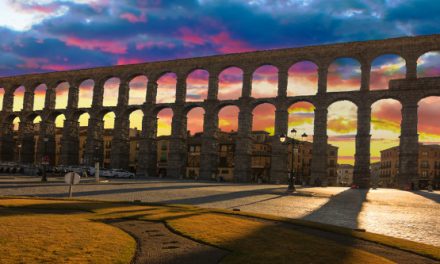Joaquín Callabed, president of the Spanish Social Paediatrics Club, academician of the Royal Academy of Fine Arts of Saint Louis and full academician of the Royal European Academy of Doctors-Barcelona 1914 (RAED), pronounced last March 20 in the Cercle of Liceo conference “De Murillo a Picasso: veinticinco pintores miran a la infancia” (From Murillo to Picasso: twenty-five painters look at childhood), where he reviews through the paintings of 25 painters the look that art has dedicated to children over four centuries.
Accompanied by graphic material, the academician analysed, one by one, the works of Bartolomé Esteban Murillo (“Boys eating fruit”), Jan Havcksz Steen (“The school of the people”), Peter de Hooch (“Mother and daughter in the pantry”), Francisco de Goya (“Diphtheria”), Jean François Millet (“The first steps”), William Adolphe Bouguereau (“Family scene in the field “), Ludwig Knaus (“The school at lunchtime”), Albert Anker (“The little brother with two teachers”), Jan Frans Verhas (“The teacher painter”), Berthe Morisot (“The Cradle”), Luca Fildes (“The Doctor”), Léon Auguste L’Hermitte (“A reading session in the field”), Jean Eugène Bouland (“Maternity”), Mary Cassat (“The Children’s Bath”), Jules Bastien Lepage (“The Little Shepherd”), Eugène Carrière (“Maternity”), Frederick George Cotman (“One more in the family”), Jules Jean Geoffroy (“The Drop of Milk in Belleville”), Carl Larsson (“Maternity”), Albert Edelfelt (“Children on the beach”), Virginie Demont Breton (“Children on the beach”), Anna Ancher (“Childhood vaccination”), Edvard Munch (“The sick girl”), Joaquín Sorolla (“The exit from the bathroom”) and Pablo Picasso (“Maternity”).
Art, for Callabed, is the privileged place to capture the beauty, the psychology and the milieu and social environment of the childhood. “This happens in a special way with the French Enlightenment, where the child begins to be a subject of rights”, he says.

